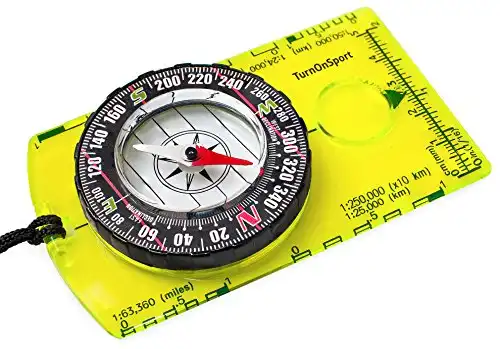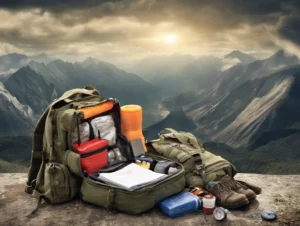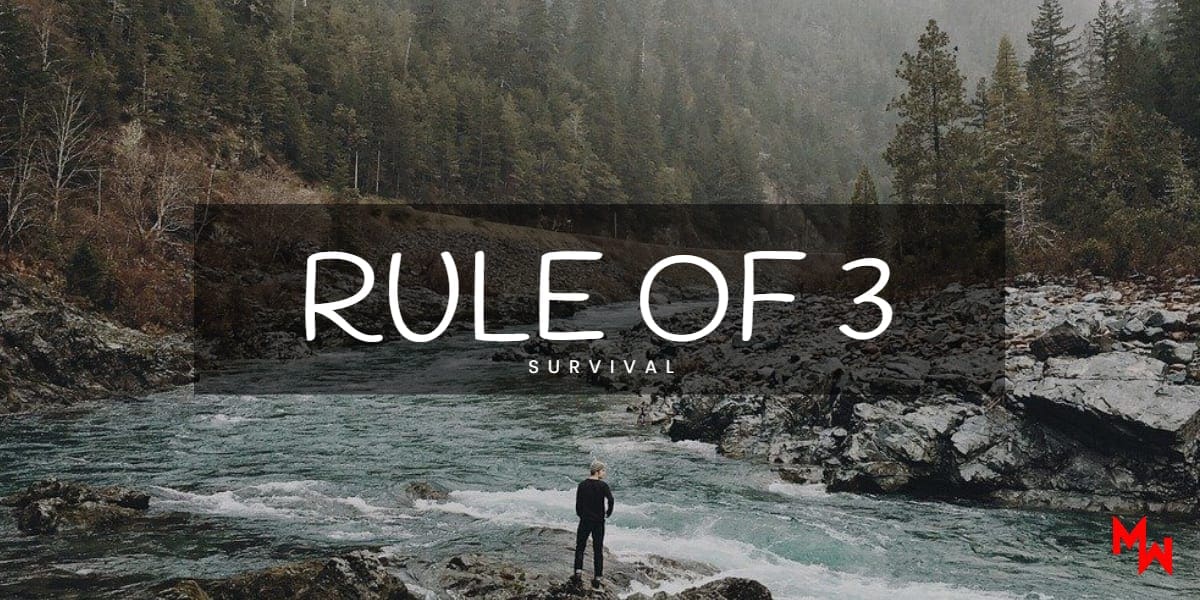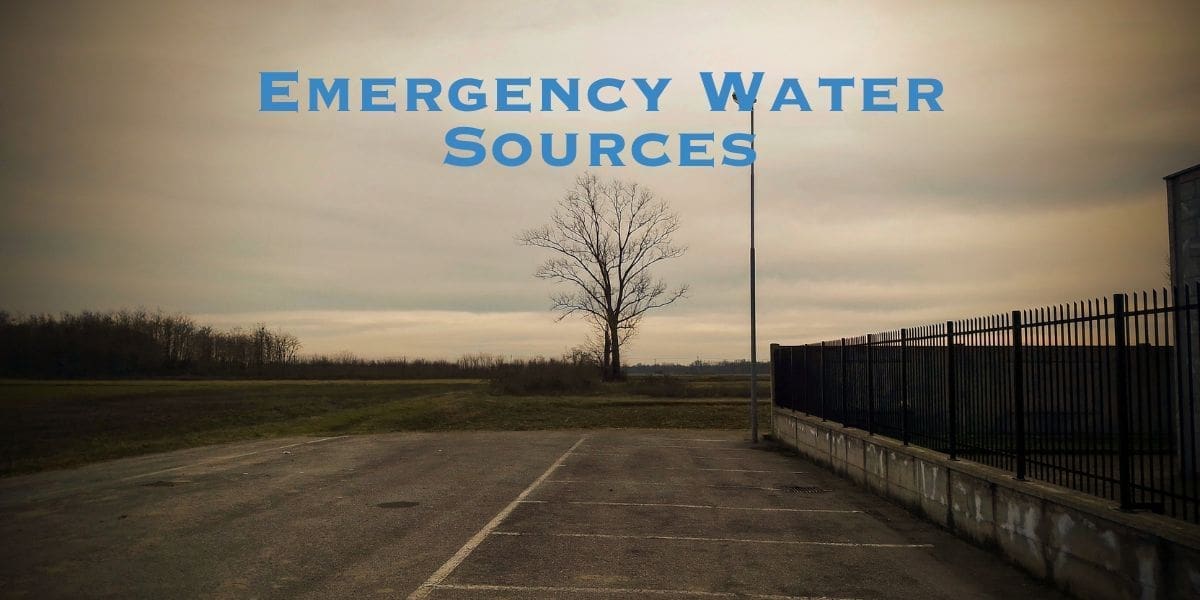Introduction
When it comes to surviving in the wilderness, having a solid set of navigation skills is crucial. Natural navigation methods are techniques that allow survivalists to determine their cardinal directions and navigate their surroundings without relying on modern tools such as compasses or GPS devices. These methods utilize the natural elements and indicators found in the environment to guide individuals in the right direction.
Wilderness navigation skills are essential for survivalists as they often find themselves in remote and unfamiliar terrains. Whether it’s getting back to camp, finding a water source, or reaching a safe location, knowing how to navigate using natural methods can mean the difference between life and death.
In this article, we will explore various natural navigation methods that survivalists can master to enhance their wilderness navigation skills. From using celestial bodies to observing natural indicators and landmarks, we will delve into the techniques that can help survivalists find their way in the wild.
Understanding Cardinal Directions
Cardinal directions are the four main points on a compass: north, south, east, and west. These directions play a crucial role in wilderness navigation for survivalists. Understanding cardinal directions is essential for several reasons:
- Orienting Yourself: Knowing the cardinal directions allows you to orient yourself in relation to your surroundings. This helps you create mental maps and navigate through unfamiliar terrain.
- Setting a Course: When planning a journey or heading towards a specific destination, knowing the cardinal directions helps you set a course and stay on track.
- Locating Resources: Cardinal directions can help you locate important resources such as water sources, shelter, or food. By understanding which direction to go, you can increase your chances of finding what you need.
Survival situations often require quick decision-making and efficient movement. Having a solid grasp of cardinal directions can significantly improve your chances of survival. Without this knowledge, you may find yourself disoriented, wasting valuable time and energy.
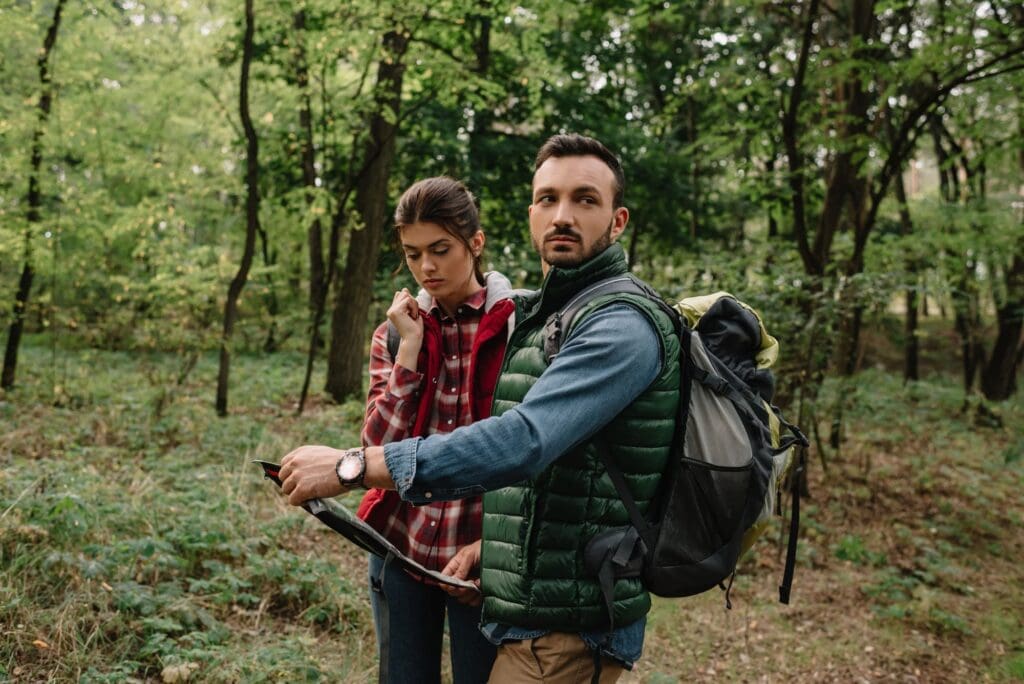
Image: Illustration of a compass indicating cardinal directions
Using Celestial Bodies for Navigation
Celestial bodies, such as the sun and the North Star, have been used for centuries as reliable guides for navigation. Survivalists can utilize the positions of these celestial bodies to determine their cardinal directions in the wilderness.
PROFESSIONAL, ADVANCE COMPASS NAVIGATION
Utilizing the Sun’s Position
The sun is a powerful natural indicator of direction, especially during daylight hours. By observing the sun’s position in the sky, survivalists can determine east and west.
One of the simplest methods is to use the shadow stick technique. To do this, find a straight stick and place it upright in the ground. Mark the tip of the stick’s shadow with a small object, such as a stone. Wait for about 15 minutes, and then mark the new position of the shadow’s tip. The line connecting the two marks will run from west to east, with the first mark indicating west and the second mark indicating east.
It’s important to note that this method works best when the sun is at its highest point in the sky, around midday. During this time, the shadow cast by the stick will be the shortest, making it easier to mark the positions accurately.
Identifying the North Star
The North Star, also known as Polaris, is a reliable celestial reference point for finding true north. It is located almost directly above the Earth’s North Pole and remains relatively stationary throughout the night.
To locate the North Star, first, find the Big Dipper constellation, which is part of the Ursa Major constellation. The two outer stars of the Big Dipper’s bowl form a line that points towards the North Star. By extending this line about five times the distance between the two stars, you will reach the North Star.
Once you have identified the North Star, you can determine true north. Stand facing the North Star, and true north will be directly behind you.


Observing Natural Indicators
Nature provides us with various indicators that can help determine cardinal directions. By observing these natural signs, survivalists can gain valuable insights into their surroundings and navigate with greater accuracy.
Recognizing Moss Growth Patterns on Trees
Moss tends to grow on the north side of trees more frequently than on other sides. This phenomenon occurs because the north side of trees receives less sunlight and retains more moisture, creating a favorable environment for moss growth.
By examining the moss growth patterns on trees, survivalists can determine the general direction of north. If you find a tree with a significant amount of moss on one side, it is likely facing north. However, it’s important to note that this method may not be foolproof, as other factors such as shade and wind patterns can also influence moss growth.
Analyzing the Direction of Tree Branches and Foliage
Another natural indicator of cardinal directions is the direction in which tree branches and foliage grow. Trees tend to grow more branches and foliage on their southern side, as it receives more sunlight throughout the day.
By observing the density and direction of tree branches and foliage, survivalists can make an educated guess about the general direction of south. If you notice that a tree has denser growth on one side, it is likely facing south. However, it’s important to consider other factors such as wind patterns and the tree’s exposure to sunlight, as they can affect the growth patterns as well.
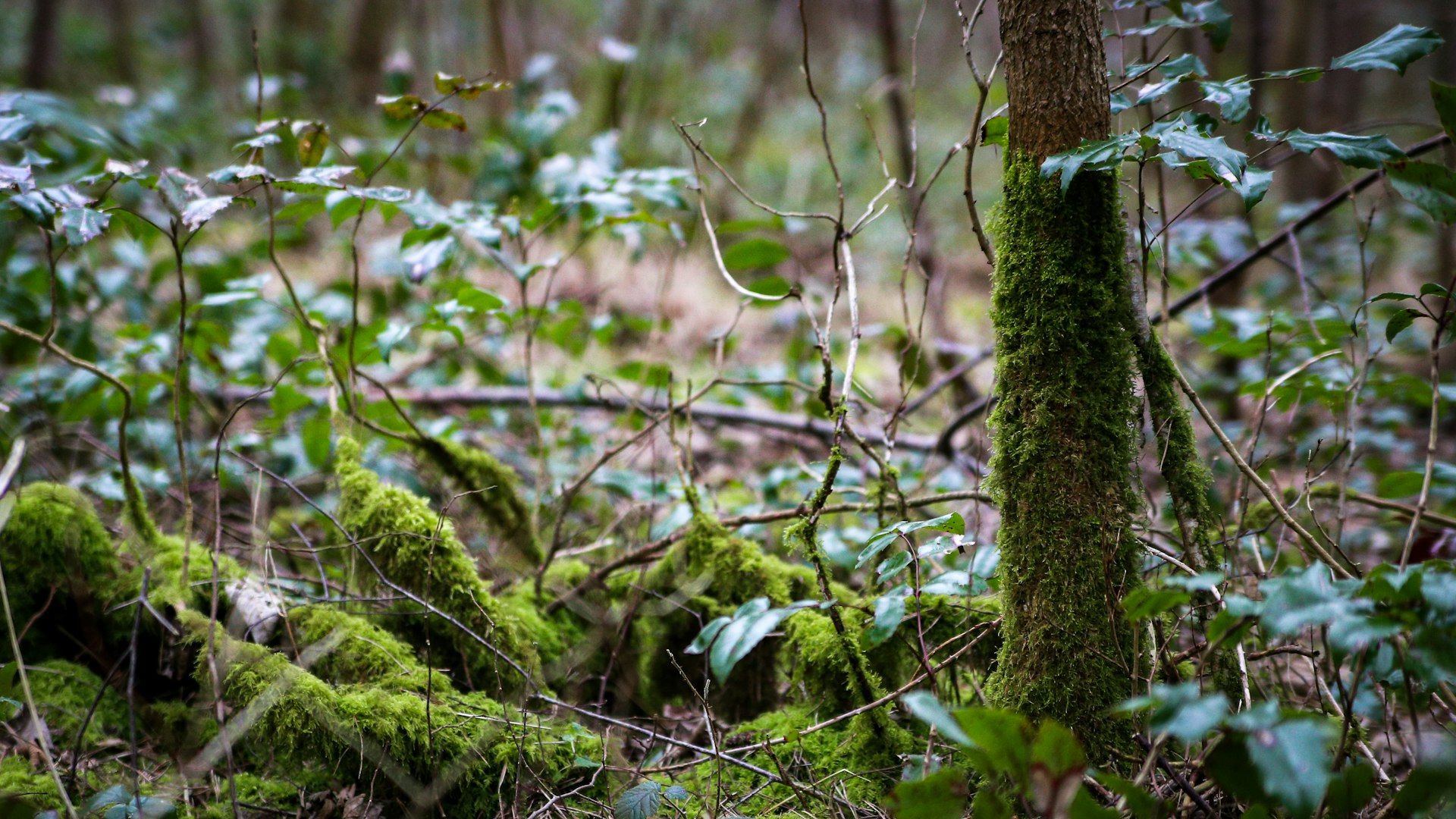
Using Natural Landmarks
Natural landmarks can serve as reliable reference points for navigation in the wilderness. By identifying and utilizing these prominent features, survivalists can orient themselves and navigate with greater confidence.
Identifying Prominent Landmarks for Orientation
When exploring unfamiliar terrain, it’s essential to keep an eye out for prominent landmarks that can help with orientation. These landmarks can be anything that stands out in the landscape, such as mountains, distinctive rock formations, or tall trees.
By identifying and memorizing these landmarks, survivalists can use them as reference points to navigate their surroundings. For example, if you spot a distinct mountain peak to the east, you can use it as a constant visual guide to maintain your orientation as you move through the wilderness.
Utilizing Mountain Ranges, Rivers, and Coastlines as Reference Points
Mountain ranges, rivers, and coastlines are natural features that can provide valuable guidance in wilderness navigation. These features often span long distances and can be easily recognizable, making them excellent reference points.
Survivalists can use mountain ranges as a general guide for determining direction. For example, if you know that a particular mountain range runs north to south, you can use it as a reference to orient yourself accordingly.
Rivers and coastlines can also be useful for navigation. They tend to follow a specific course and can act as a reliable guide for determining direction. By following a river downstream or keeping the coastline on your left or right, you can maintain a sense of direction and prevent getting disoriented.
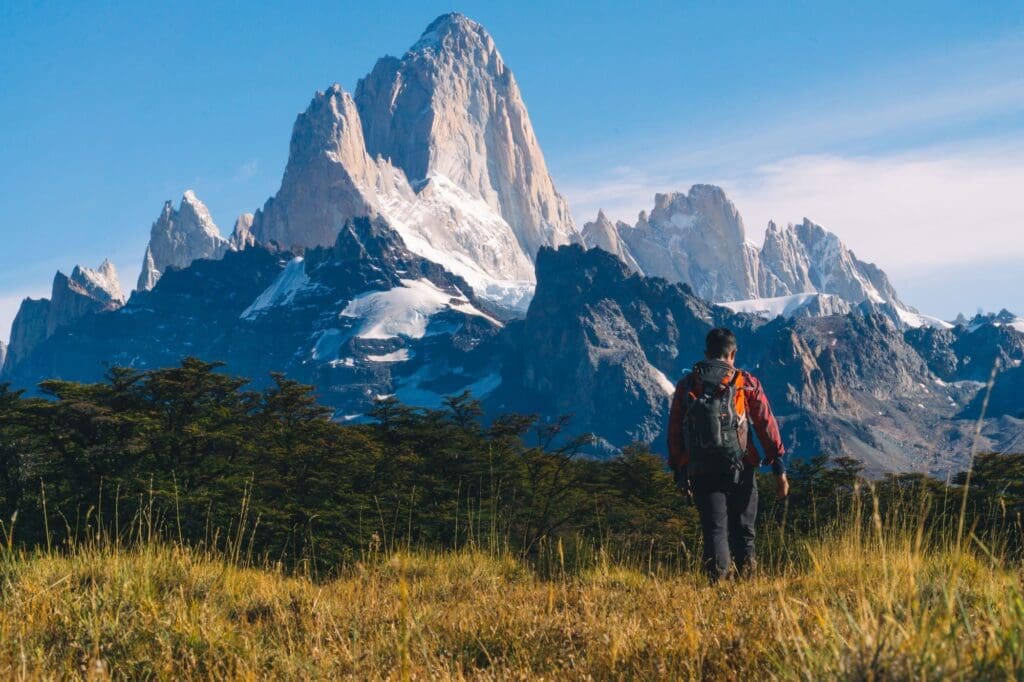

Conclusion
Mastering natural navigation methods is an essential skill for survivalists venturing into the wilderness. By understanding cardinal directions, utilizing celestial bodies, observing natural indicators, and using landmarks, survivalists can navigate their surroundings with confidence and increase their chances of survival.
While modern tools like compasses and GPS devices are valuable resources, they may not always be available or reliable in survival situations. Natural navigation methods provide a backup plan and an alternative means of finding one’s way without relying on technology.
By practicing these techniques and honing their observation skills, survivalists can become adept at navigating through unfamiliar terrains. It’s important to remember that natural navigation methods require patience, practice, and a keen eye for detail. The more familiar one becomes with the environment and its indicators, the better equipped they will be to navigate effectively.
In the end, natural navigation is about building a deeper connection with nature and learning to read the signs it provides. By embracing these ancient techniques, survivalists can navigate the wilderness with confidence, adaptability, and a greater sense of self-reliance.
Note from Shane (MWP). I personally know this author. He's worked for me as a contractor and also someone I consider a friend. This is a great buy from a true expert on the subject.











